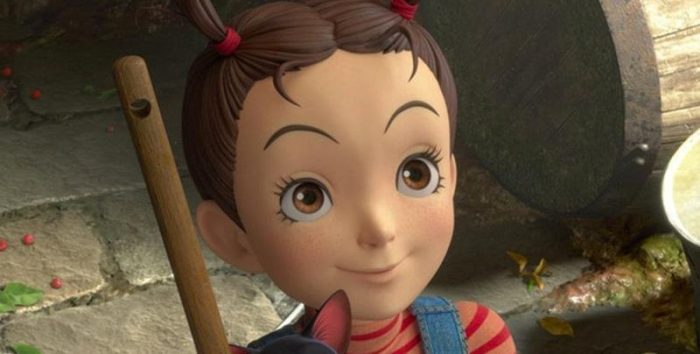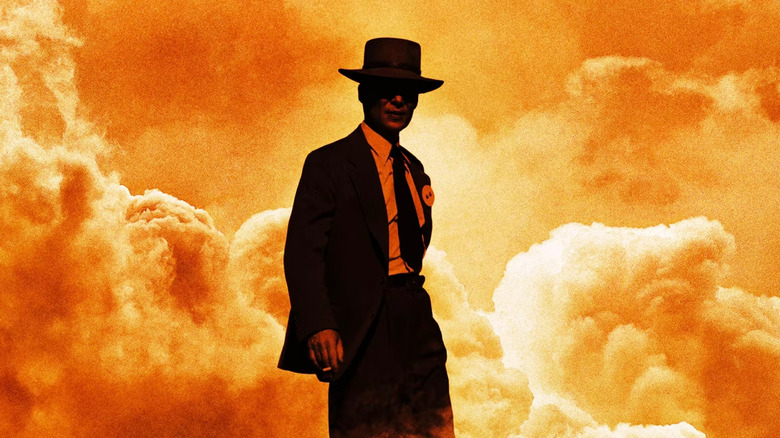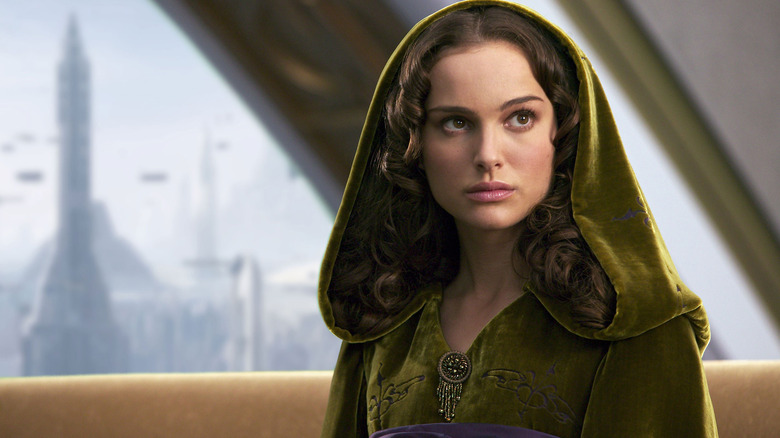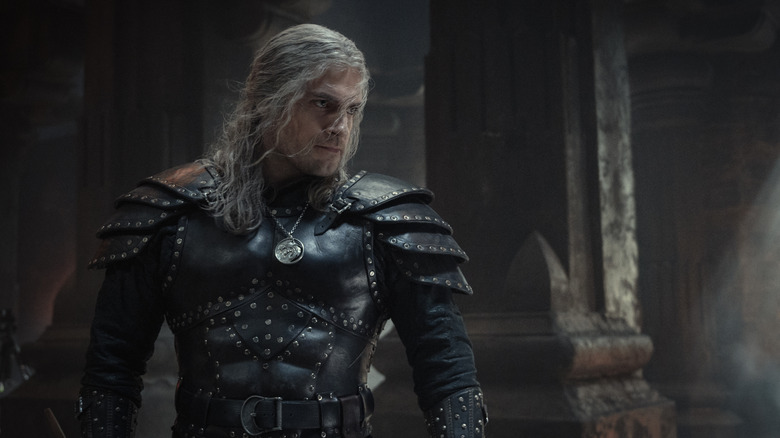
There’s been a lot of trepidation heading into Studio Ghibli’s Earwig and the Witch. It is the studio’s first foray into CG animation, a technology it had used sparingly for high-octane action sequences in Spirited Away and Princess Miyazaki or for the clattering steampunk castle of Howl’s Moving Castle, but never to this extent and never for a feature film. And that trepidation only grew with subsequent trailers for Earwig and the Witch showing the film’s oddly stiff character animation and flat, untextured surfaces. It looked like an unfinished 3D-animated imitation of Ghibli’s classic warm, genial art style — a style that has mostly been instructed by the animation style of Hayao Miyazaki — but missing the soulfulness that typically characterizes the studio’s films.
It’s a criticism that Earwig and the Witch director Goro Miyazaki probably isn’t unfamiliar with. His debut feature Tales From Earthsea boasted visually stunning backgrounds — a product of the director’s background in architecture — but blank, empty characters and a dull narrative that felt like a pale imitation of the best of Ghibli. His second film From Up on Poppy Hill was a promising improvement (perhaps aided by his father Hayao Miyazaki’s unasked-for intervention, as chronicled in the NHK docuseries 10 Years With Hayao Miyazaki), so Earwig and the Witch had the potential to be even better — a chance for Goro to step out of his famous father’s shadow and establish his own visual style and creative identity. Sadly, left to his own devices, Goro falls short.
Earwig and the Witch looks and feels like a made-for-TV CG-animated movie — and in fairness, it kind of is. A co-production between Studio Ghibli and the Japanese broadcasting company NHK, Earwig and the Witch premiered in Japan on NHK General TV in December 2020, likely to a smaller audience and lower expectations than will be met with its U.S. premiere, which marks the first Ghibli film in five years. Maybe you can blame those lower TV-quality standards, or maybe point the finger at its production process — in which a whole new team was brought in to craft the 3D animation — or perhaps just chalk it up to a director who still hasn’t found his own creative identity yet. But regardless, Earwig and the Witch is a disappointing hour and a half of plot set-up that feels like it ends before it begins.
Based on the children’s book by Diana Wynne Jones (whose work Ghibli had adapted before with Howl’s Moving Castle), Earwig and the Witch follows the spunky orphan girl Earwig, who was dropped on the steps of an orphanage by a mysterious woman as a baby. Now 10 years old, Earwig (Taylor Paige Henderson) has learned how to rule the orphanage, bullying her fellow orphans into submission while playing coy and innocent for the matrons. But Earwig’s comfortable existence is cut short with the appearance of Bella Yaga (Vanessa Marshall), a stern witch who adopts Earwig and brings her to her home to serve as the assistant for her and the intimidating Mandrake (Richard E. Grant). Earwig is at first perturbed by her new living arrangement until she realizes that she can get something out of it: she’ll strike a deal with Bella Yaga to teach her to become a witch. But Bella Yaga rules with an iron thumb, forcing Earwig to do mundane tasks like grinding up rat bones and cleaning the filthy potion-soaked floors. But even Bella Yaga tiptoes around Mandrake, who is liable to be go off on a demonic rage if he isn’t served his favorite dishes. Unhappy with this tedious existence, Earwig forms an alliance with Thomas (Dan Stevens), the beleaguered cat familiar of Bella Yaga, to teach Bella Yaga a lesson.
Earwig and the Witch is an incredibly low-stakes fantasy comedy, though that’s fairly par for the course for a Ghibli movie. In fact, some of the best films of the animation studio are the ones where nothing much happens until the plot kicks in at the last 10 minutes, letting us live with, and enjoy the company of, a group of characters and their rich, awe-inspiring worlds. Except with Earwig and the Witch, there’s not much to enjoy. The characters feel half-baked at best, the most interesting being Bella Yaga and Mandrake, whose individual character traits beyond “tough and scary” don’t start to surface until well into the third act. We’re stuck inside the house with Earwig for the majority of the film, left to break up the monotony with some magical hijinks that earn a few chuckles at best. The question of Earwig’s parentage, lightly teased at the beginning of the film, isn’t even brought up until the very (and I mean very) end. And Earwig may be the film’s most glaring flaw: a snot-nosed brat stays as much a brat through the film. Ghibli movies aren’t without their unlikable protagonists — in fact, those are often their most interesting — but it’s the existence of an arc that lends them weight, and complexity, and soul. Earwig goes through no such arc, instead attempting to use the same tactics that made her the ruler of her orphanage on her new guardians, and meeting not much resistance.
The issue with Earwig and the Witch is that it feels like an 82-minute build-up to the story. It suffers from the “origin story” approach that far too many shows and movies have taken to, and it’s not a very interesting origin story at that, though it does show moments of promise — one particularly trippy scene when the Mandrake’s powers are unleashed comes to mind. Earwig and the Witch feels like a film going through the motions, but not understanding the emotion behind the big narrative beats it’s trying to pull off. It’s a film matched by its flat animation style: incomplete and uninspired.
/Film Rating: 5 out of 10
The post ‘Earwig and the Witch’ Review: Studio Ghibli’s First Foray Into 3D Animation is a Flat Shadow of Itself appeared first on /Film.

![Awkwafina And Jacob Tremblay Give Us The Scuttlebutt On Their Little Mermaid Roles [Exclusive Interview]](https://www.slashfilm.com/img/gallery/awkwafina-and-jacob-tremblay-give-us-the-scuttlebutt-on-their-little-mermaid-roles/intro-1683838023.jpg)


0 Comments